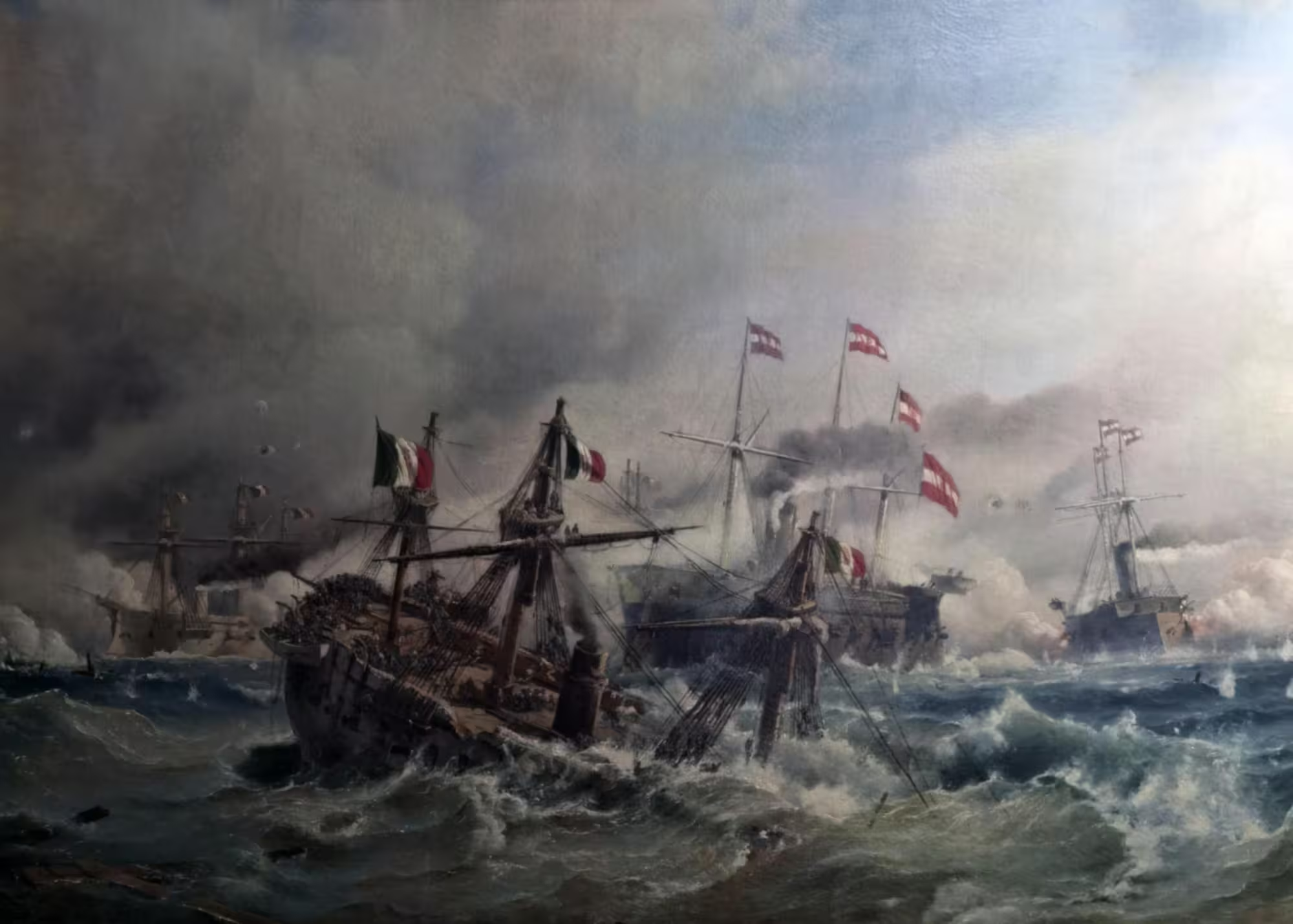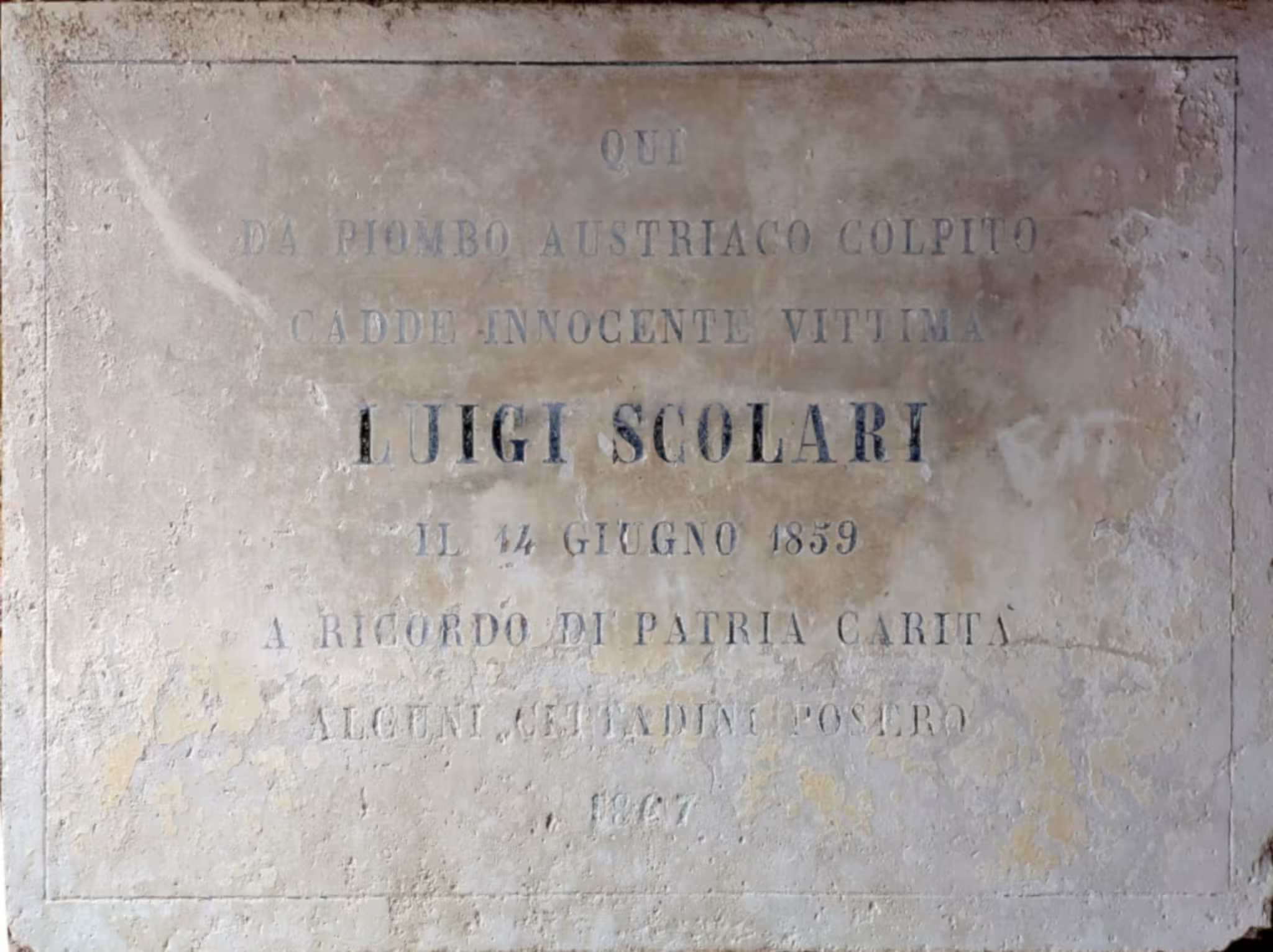The United States of America acquired statehood with the Declaration of Independence in 1776, the war of independence and with the formal recognition of independence in 1782.
The Republic of Venice lost statehood in 1797 after the surrender to Napoleon and the Treaty of Campoformio.
Venice and the United States of America followed opposite trajectories, but there’s an overlap. The two republics coexisted for a few decades.
The appearance of the United States of America on the geopolitical map meant little to Venice, but the millennial history of the Serenissima was important to the American founding fathers.
Once they had decided that the new state in North America should be based on non-hereditary succession, that is, not being a monarchy, a principate or a duchy, the possible models to emulate were few.
The Republic of Venice was by far the oldest and most proven model. Consequently, several of the founding fathers spent time studying how the constitutional order of the Serenissima had developed.
Checks and balances
One of the main attractions of the Venetian ‘model’, was the system of checks and balances the Venetians had arrived at over the centuries.
The earliest doges had enjoyed almost unlimited power, and almost all had tried to get some personal benefit from it, including appointing a son as co-ruler so he could take over later.
The reaction of the rest of the aristocracy was to appoint six senators to control the doge and curb his power.
As the Venetian state developed, they introduced more and more of such checks on the accumulation of power.
Even at the level of the single magistrato or procuratia checks and balances made sure no single person could gather too much power. Many such offices had three or even six elected leaders, who had to agree to take action.
In short, checks and balances were a central and omnipresent part of the Venetian state.
Longevity and stability
Another attraction of the Venetian ‘model’ was the evident stability and durability of the state.
In the late 1700s, the Venetian state had been around for over a thousand years, far longer than the Roman Republic, for example.
For all the inner contradictions in Venetian society, and the continuous infighting within the aristocracy, including coups and conspiracies, the Venetian state and constitution had survived it all.
It has also survived quite a few close calls from external enemies during its history, from Pepin son of Charlemagne in 809, the War of Chioggia with Genoa in 1378-81 and the War of the League of Cambrai in the 1500s.
At the time of the creation of the United States of America, the Serenissima was in decline, and had been for several centuries. It was, however, still there, and before 1797 there was no reason to believe it wouldn’t be around for a long time still.
The less attractive parts
What the American founding fathers liked less was the aristocratic element of the Venetian system.
Even if not a monarchy, Venice was very much based on hereditary power. Not in the form of a single dynasty where power passed from father to son. The Venetian state was under the control of the aristocracy, which was from the closing of the Greater Council in 1297 was a closed, hereditary caste.
In the Republic of Venice, the entire electorate could meet in one single room in the Palazzo Ducale, and they all came from a few hundred ancient families. Everybody else was excluded from participation in politics.
Power in Venice was very much hereditary, even if the top post wasn’t.
Inspiration, not plagiarism
So the America founding fathers sought inspiration from Venice, among other places, but they did not copy the Venetian system.
There are some major differences between the two constitutional orders, also due to the long distance in time between the creation of the two states.
For example, the United States of America has an explicit separation between the executive, legislative and judicial branches of government, and the checks and balances are implemented between these three branches.
The Venetian state had no such separation of powers. The concept of keeping executive, legislative and judicial powers separate came about many centuries after the Venetian state had found its basic form.
Related articles
- John Adams on the Venetian constitution
- The Republic of Venice
- The Venetian constitution
- State institutions of the Republic of Venice
- Chronology of major Venetian state institutions





Leave a Reply